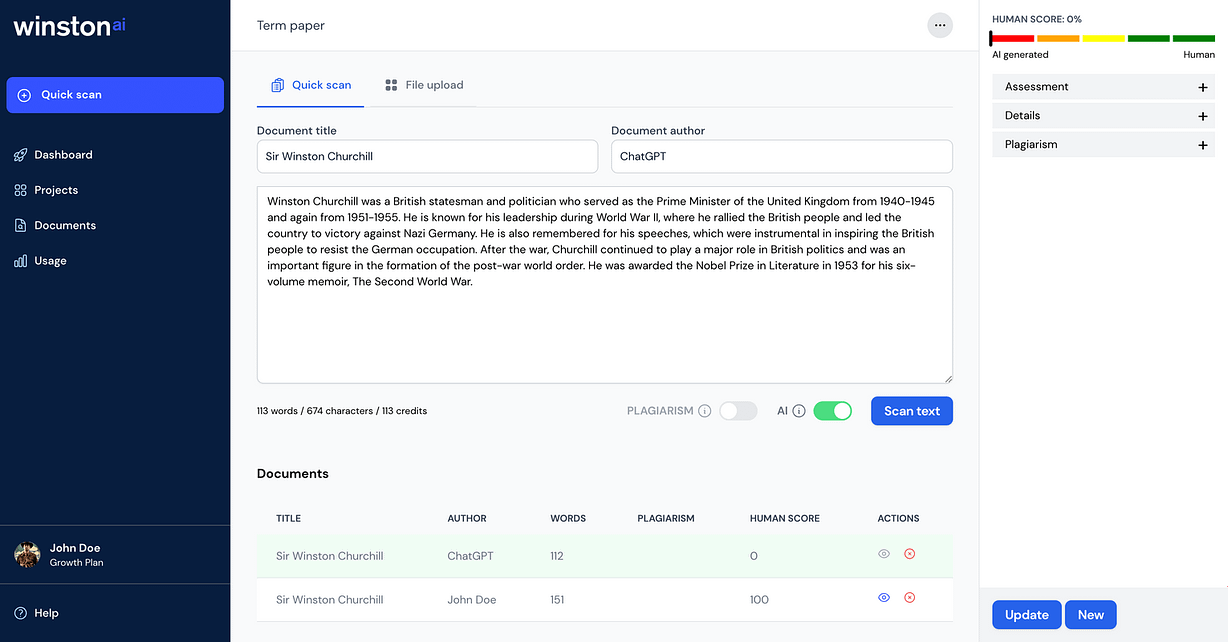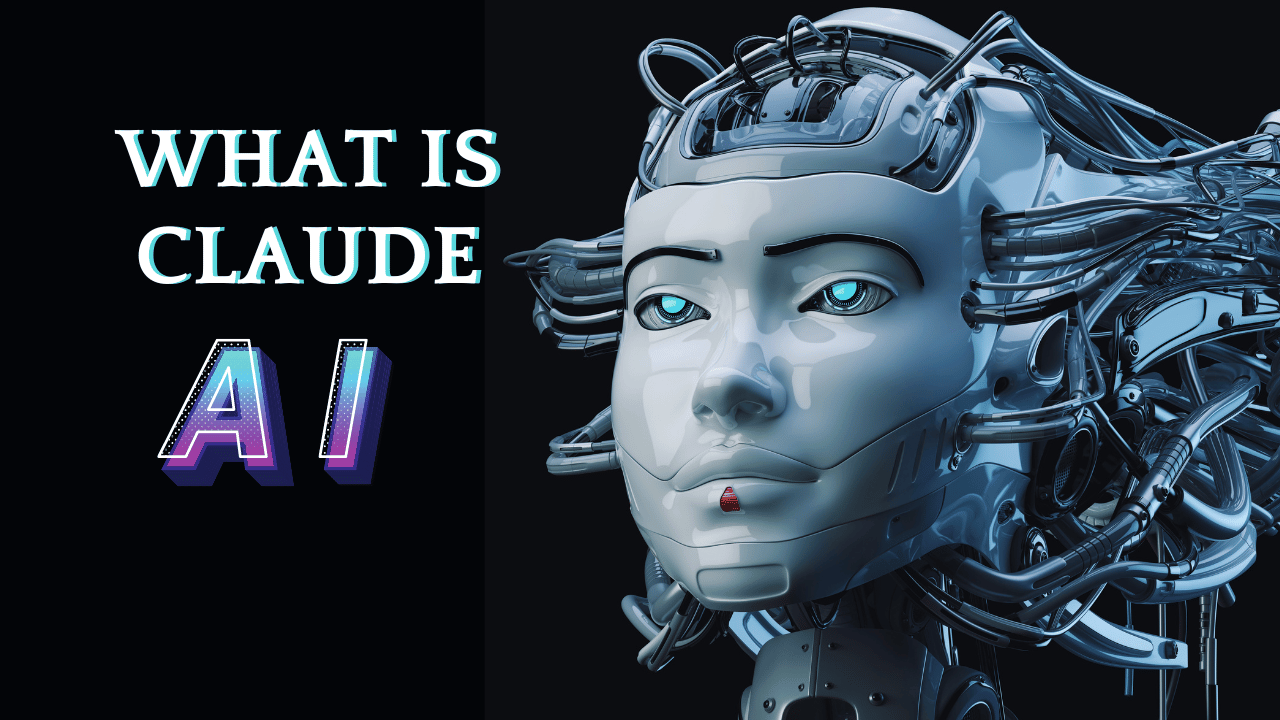The launch of Bard by Google to rival OpenAI’s sensation ChatGPT has set up an intriguing competition between the two most advanced publicly accessible conversational AI systems. While both exhibit remarkable natural language capabilities, there are key differences that distinguish the chatbots across areas like usability, accuracy, integrity and overall utility. Understanding how Bard and ChatGPT stack up helps provide guidance on their prudent use as the technology continues advancing rapidly.
ChatGPT’s Capabilities
Since its November 2022 debut, ChatGPT has wowed users with its ability to:
- Converse coherently on virtually any topic through a text interface
- Answer follow-up questions and adjust to new information
- Create original text content like articles, stories, and even computer code
- Admit mistakes and refuse inappropriate requests
- Provide contextual explanations around concepts, current events, ethics and more
Bard’s Revealed Abilities
While not yet publicly accessible at the time of writing, Bard aims to:
- Enhance Google’s search with more conversational interactions
- Provide ‘high-quality’ information by drawing on recent real-world data
- Contextualize responses to promote freshness and relevance
- Admit knowledge gaps and get user feedback to improve
- Avoid sharing false claims according to Google
Conversation Flow and Context
In demos, both exhibit sophisticated conversational flow with contextual responses. However, Bard aims to relate responses to the user’s recent search queries and interests.
Factual Accuracy
While impressive, both remain flawed in generating inaccurate or fabricated facts when confident answers aren’t known. Bard focuses on grounding responses in timely data, but errors remain a risk.
Integration with Search
A key Bard strength is tight integration with Google’s vast search index to enhance conversational search experiences. ChatGPT operates as a standalone model.
Speed and Responsiveness
Both chatbots provide rapid conversational responses with only brief delays. However, Bard’s search integration could slow responses depending on query complexity.
Underlying AI Architecture
ChatGPT uses a transformer-based architecture while technical details remain limited for Bard. Google suggests it builds on influential research like LaMDA and PaLM.
Data Training Sets
ChatGPT was trained on broad public domain conversations and texts. Bard likely learns from Google’s immense proprietary datasets and knowledge graph.
Safety and Ethics
Avoiding harmful, dangerous, or untrue outputs remains a challenge for both chatbots, requiring ongoing improvements.
Use Cases and Audience
ChatGPT serves generalist use cases, while Bard focuses on search augmentation and answering common questions.
Availability and Access
ChatGPT is widely available via apps and web access, while Bard access is currently restricted.
The Future Trajectory
Both will continue evolving rapidly in coming months with expanded capabilities and data. Google aims to integrate Bard pervasively.
Similarities Between the Models
Despite differences, Bard and ChatGPT share common traits like:
- Advanced natural language processing power
- Human-like conversational flow and versatility
- Novel text and content generation capabilities
- Large transformer-based neural network foundations
- Susceptibility to inaccuracies and falsehoods
- Ethical risks requiring ongoing vigilance and stewardship
Key Differentiators
Bard’s main unique strengths include:
- Integration with Google search index and knowledge
- Focus on fresh, factual responses powered by search
- Customization to user context like location, search history
- Backing by Google’s vast resources and data assets
Whereas ChatGPT excels at:
- Freely available access and user-friendly UI
- Broad, general knowledge across countless domains
- Imaginative and creative text generation
- Conversing naturally without rigid search focus
Which Chatbot Comes Out on Top
Bard shows promise for improving search, but its launch quality proved underwhelming. Meanwhile, ChatGPT appears significantly ahead in conversational versatility and creative output – albeit with gaps in accuracy. However, both are rapidly evolving, making comparisons dynamic. Overall parity may be achieved between the two as Google leverages its resources. But increased competition will likely benefit users.
Recommendations on Chatbot Usage
When using either model, we advise:
- Not treating responses as infallible fact without verification
- Seeking clarification on anything safety-critical or erroneous
- Providing user feedback to improve quality over time
- Favoring common sense, verified information, and ethical stances
- Limiting reliance on generative abilities that lack human wisdom
Read More Articles:
Conclusion
Bard and ChatGPT represent seminal leaps in conversational AI, though with distinct strengths and weaknesses. As pioneers in this emerging domain, direct comparisons remain fluid as capabilities expand rapidly. Rather than a zero-sum competition, both chatbots can positively push innovation in AI’s ability to assist humans with care, integrity and wisdom. Avoiding over-reliance through responsible stewardship allows us to maximize the benefits of this transformative technology.
FAQs
Q: What are ChatGPT’s main capabilities?
A: ChatGPT excels at natural conversation, answering follow-up questions, generating original text, admitting mistakes, and explaining concepts contextually.
Q: What does Google highlight as Bard’s main capabilities?
A: Google highlights Bard’s abilities to enhance search conversations with relevant, high-quality information grounded in real-time data.
Q: What are some similarities between Bard and ChatGPT?
A: They share advanced natural language processing, human-like conversation, text generation, large neural network foundations, and risks like potential inaccuracies.
Q: What are some of Bard’s key differentiators from ChatGPT?
A: Bard integrates directly with Google search, focuses on factual responses, customizes replies based on user context, and leverages Google’s vast resources.
Q: Which AI chatbot currently appears ahead overall and why?
A: ChatGPT appears significantly ahead in conversational versatility, creative output, and accessibility, though Bard shows promise for improving search. However, both are evolving rapidly.



